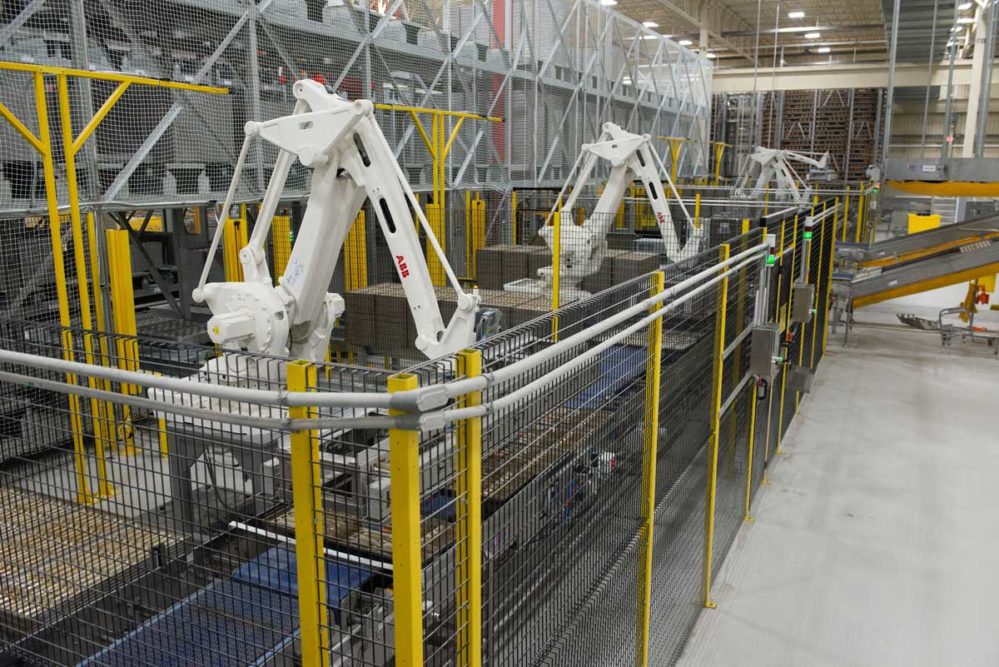When Bluffton, Ind.-based Pretzels Inc. built its newest facility in Plymouth, Ind., the snack producer added in a separation between raw and finished production because the plant produced peanut butter-filled and gluten-free pretzels. Likewise, Kemper Food International, New Albany, IN, recently divided its facility into two, with a separate nut-allergen bakery and an independently run nut-free bakery.
Overall, facilities segregate these departments to reduce the possibility of cross-contamination, according to Sunil Sehrawat, food safety professional for Asia-Pacific food safety services at AIB International
“By maintaining strict physical separations, you can reduce the likelihood of transferring hazards from one process or area of the plant to another, respectively,” he said. “It’s also important to facilitate necessary storage and management of equipment, waste and temporary clothing to reduce the likelihood of hazard transfer.”
Some plants have established traffic and process flows that control the movement of all employees, products, ingredients, rework and packaging materials.
“High-risk bakery foods like meat pies that are ready-to-eat need physical segregation,” Mr. Sehrawat observed.
However, that’s not the case for all medium- or low-risk baked goods.
Adam Stroh, senior process project manager, Stellar, noted that following GMPs such as designated frocks for different process areas or color-coded, color-coated gloves and apparel are visual indicators of where employees should be in relation to an area of a production line.
“Handwash stations, boot scrubbers and foot foamers between process areas are some of the standards for minimizing cross-contamination from foot traffic through departments,” he said.
He recommended designated areas and good traffic flow for equipment such as forklifts. Color-coded baskets, vats and bins minimize cross-contamination.
Materials transferred on wood pallets between facilities can be relocated onto those made with food-safe metal or plastic.
“Otherwise, the best practice is to wrap the wood pallet in plastic to keep any foreign material from entering the product stream,” Mr. Stroh said.
This article is an excerpt from the March 2020 issue of Baking & Snack. To read the entire feature on line isolation, click here.





